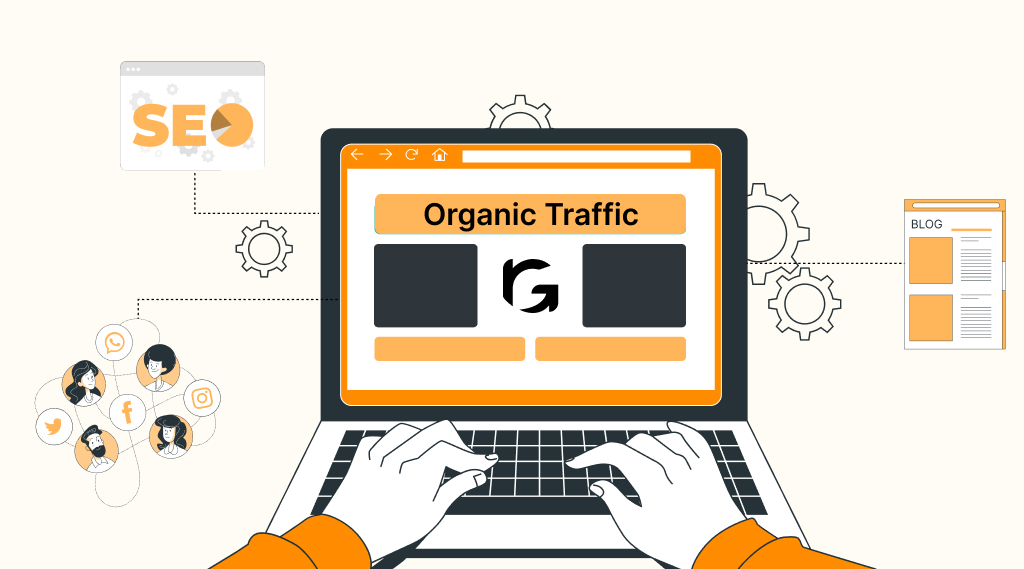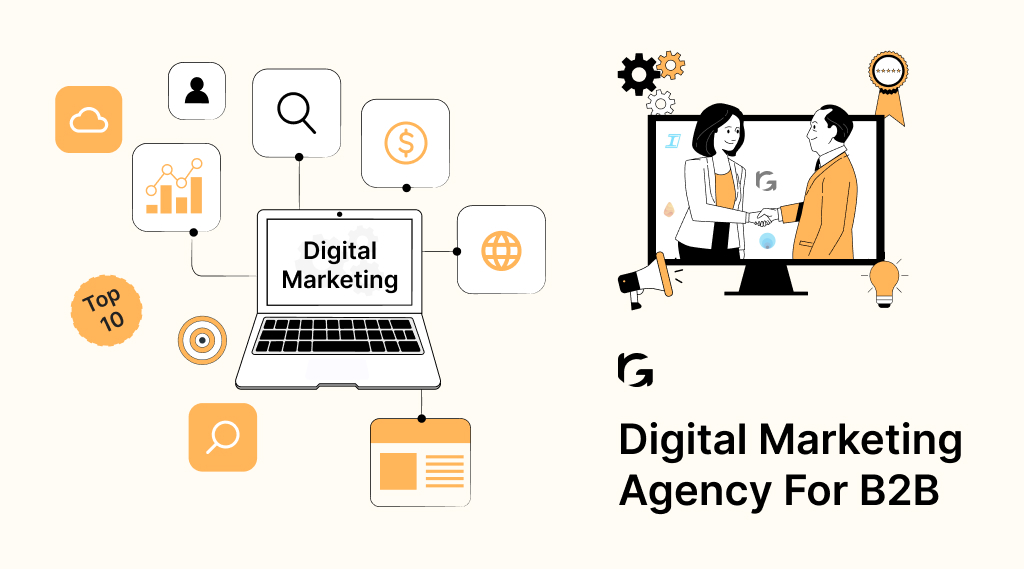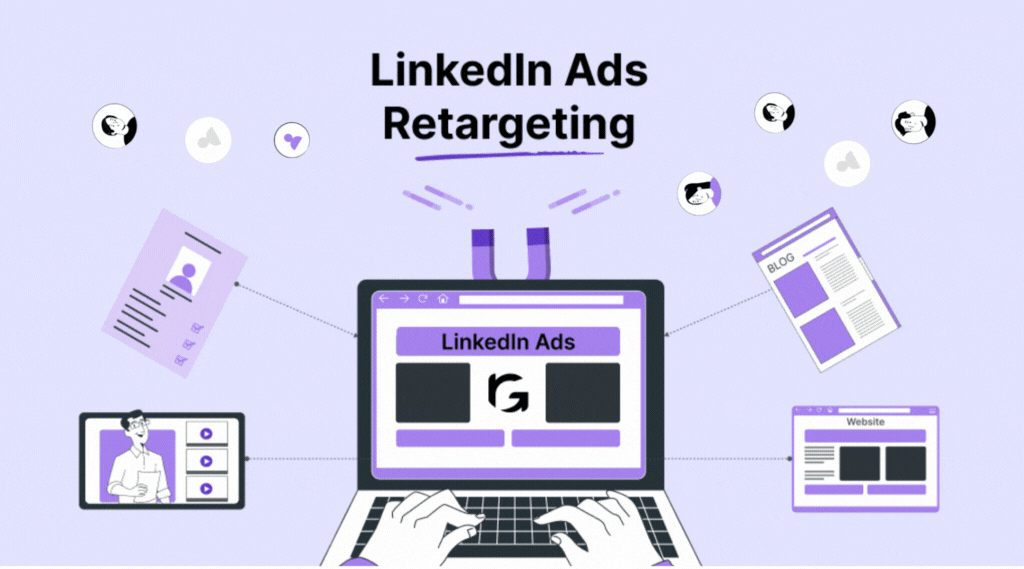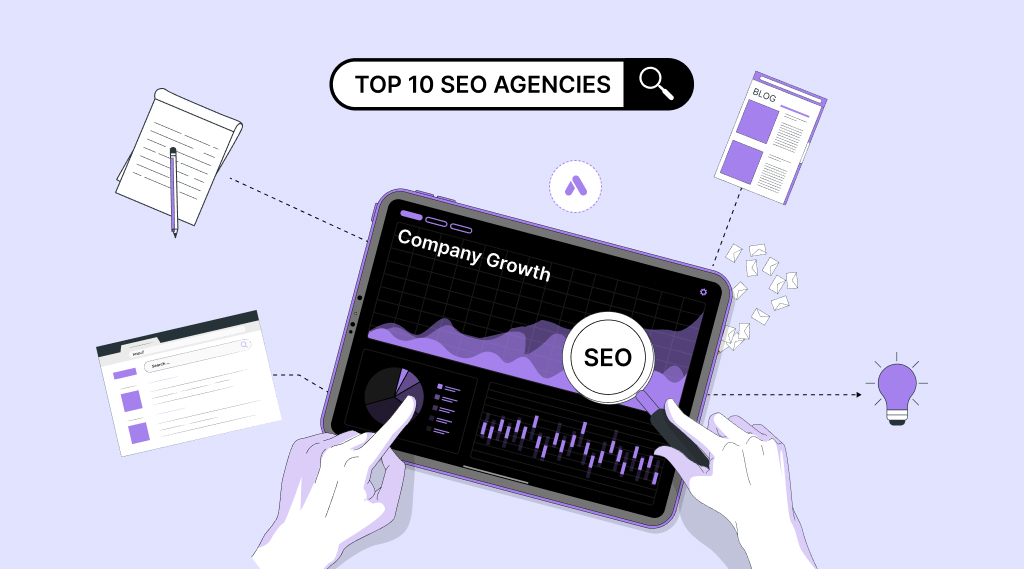Introduction
In the dynamic landscape of B2B SaaS, organic traffic stands as a cornerstone for sustainable growth. Organic traffic refers to the visitors who discover your website through unpaid search results, emphasizing the importance of a strong online presence.
In 2024, navigating the digital realm requires a strategic approach to boost organic traffic and, consequently, enhance the visibility of your B2B SaaS business.
This introduction delves into the pivotal concept of organic traffic and its significance for B2B SaaS enterprises.
As search engines evolve, staying abreast of the latest trends and optimization techniques becomes imperative. The subsequent exploration will unravel actionable strategies tailored for 2024, providing a roadmap for businesses to elevate their online reach and engagement.
Unlocking the potential of organic traffic involves a synthesis of content excellence, SEO prowess, and a user-centric approach. This guide will illuminate proven methodologies, shedding light on how B2B SaaS entities can augment their digital footprint organically.
What Is Organic Traffic?
Organic traffic forms the lifeblood of online visibility, representing the audience that discovers a website naturally, without paid promotion.
Unlike paid traffic, which involves advertising expenditure, organic traffic arises from search engine results and the inherent appeal of a website’s content. In essence, it is the virtual footfall generated by users genuinely interested in the information, products, or services offered.
In the evolving digital landscape of 2024, understanding organic traffic is paramount for any online presence. Search engines employ complex algorithms to determine the relevance and quality of a website’s content, placing it in search results accordingly.
Hence, organic traffic reflects not only the quantity but also the quality of visitors, as users actively seeking specific information contribute to a higher likelihood of conversion.
The pursuit of organic traffic involves a strategic blend of SEO optimization, content relevance, and user experience enhancement. It signifies a more sustainable and cost-effective method for businesses to reach their target audience.
In essence, organic traffic encapsulates the authentic, non-sponsored journey users undertake in discovering and engaging with online content, shaping the foundation for a website’s digital success.
What Is Organic Traffic Vs Paid Traffic?
Distinguishing between organic and paid traffic unveils the dual avenues through which businesses attract visitors in the digital arena.
Organic traffic, the unsung hero, materializes naturally through search engine results, driven by the relevance and quality of a website’s content. This unpaid stream emanates from users actively seeking information, products, or services, positioning it as a barometer for a website’s intrinsic value.
On the flip side, paid traffic involves strategically investing in advertising to secure a prominent position in search results or across various online platforms. Unlike the organic counterpart, this method relies on financial backing to drive immediate visibility, often through pay-per-click (PPC) campaigns or display ads.
In 2024, the distinction between these traffic sources has profound implications for businesses. While organic traffic underscores a website’s authority and aligns with user intent, paid traffic delivers a more instantaneous impact, amplifying visibility through monetary means.
The balance between these strategies hinges on the goals, budget, and long-term vision of a business, with some opting for the sustainable, slow burn of organic growth and others leveraging paid channels for immediate exposure.
Ultimately, the synergy between organic and paid traffic is pivotal for a holistic digital marketing strategy.
What Is The Difference Between Direct And Organic Traffic?
Direct and organic traffic represent distinct pathways through which users arrive at a website, each offering unique insights into audience behavior. Direct traffic arises when users intentionally navigate to a website by entering the URL directly into their browser.
This direct interaction implies a conscious decision by the user to visit a specific site, often indicating brand familiarity or a direct referral.
On the other hand, organic traffic stems from users discovering a website through search engine results. Unlike direct traffic, organic visitors find the site through search queries, reflecting an interest in the content or services offered.
The journey is initiated by the user’s search intent and the website’s alignment with relevant keywords and topics.
In 2024, understanding the difference between direct and organic traffic is crucial for refining marketing strategies. Direct traffic often signifies a loyal audience or a strong brand presence, while organic traffic highlights a website’s visibility and relevance in search engine rankings.
By discerning these distinctions, businesses can tailor their approaches to enhance user experience, optimize content, and cultivate a well-rounded digital presence that caters to both intentional and discoverable audience interactions.
Is Organic Traffic Important?
Organic traffic stands as an indispensable cornerstone in the digital realm, wielding profound significance for online entities. In 2024, its importance transcends mere visitor statistics, encompassing the essence of sustainable online growth.
Unlike paid traffic, which demands continual financial investment, organic traffic represents a cost-effective avenue for businesses to secure a lasting digital footprint.
The relevance of organic traffic lies in its inherent quality and authenticity. Users navigating to a website through organic means are actively seeking information, products, or services, reflecting genuine interest. This not only augments the likelihood of conversions but also signifies the website’s credibility to search engines, contributing to higher rankings.
Furthermore, organic traffic fosters a sense of trust among users. Websites that organically appear in search results are perceived as authoritative and reliable sources within their niche. This trust factor translates into long-term relationships with the audience, nurturing brand loyalty and fostering sustained engagement.
In essence, organic traffic isn’t just a metric; it’s a reflection of a website’s resonance with its target audience. As businesses navigate the ever-evolving digital landscape, prioritizing strategies that enhance organic traffic becomes not just a preference but a strategic imperative for building a resilient and flourishing online presence.
What Is Organic Traffic Optimization And How To Do It In 5 Simple Steps
Organic traffic optimization is a strategic approach aimed at enhancing a website’s visibility and relevance in search engine results, driving authentic, non-paid traffic. In 2024, mastering these optimization techniques is imperative for businesses seeking sustainable growth in the digital landscape.
Step 1: Keyword Research – Begin by identifying relevant keywords that align with your content and user intent. Use tools to explore high-search-volume terms that resonate with your target audience.
7 Advanced Keyword Research Strategies to Boost Your SEO Game in 2024
Step 2: On-Page SEO – Optimize your website’s content and structure for search engines. This includes incorporating chosen keywords naturally into titles, headers, meta descriptions, and body content.
Step 3: Quality Content Creation – Craft compelling and informative content that addresses user queries. Valuable content not only attracts organic traffic but also encourages engagement and sharing.
Step 4: Mobile Optimization – With an increasing number of users accessing the internet via mobile devices, ensuring your website is mobile-friendly is crucial. Google prioritizes mobile-responsive sites in its rankings.
Step 5: Link Building – Foster credible backlinks from reputable websites. Quality backlinks enhance your site’s authority, signaling to search engines that your content is trustworthy and valuable.
By implementing these five steps, businesses can navigate the intricacies of organic traffic optimization, positioning themselves for increased visibility, user engagement, and long-term success in the competitive online landscape.
How To Increase Organic Traffic For Your B2b SaaS Business?
Elevating organic traffic for your B2B SaaS business demands a targeted approach aligned with the unique nuances of the industry. In 2024, here are key strategies to fortify your online presence and attract a qualified audience.
1. Content Personalization: Tailor your content to address specific pain points and challenges faced by B2B SaaS users. Offering personalized insights and solutions enhances your site’s relevance, attracting organic traffic seeking industry-specific information.
2. Leverage Long-Tail Keywords: Identify and incorporate long-tail keywords relevant to your B2B SaaS niche. Long-tail keywords cater to specific queries, making your content more discoverable to users with distinct needs.
3. Strategic Blogging: Maintain a consistent and informative blog, delving into industry trends, best practices, and case studies. A robust blogging strategy not only positions your business as an authority but also provides valuable content that attracts organic traffic.
4. Social Media Engagement: Utilize social media platforms to share industry insights, updates, and engage with your target audience. Social signals contribute to your website’s credibility, positively influencing search engine rankings.
5. Invest in Video Content: Capitalize on the popularity of video content. Create tutorials, product demonstrations, or thought leadership videos to engage your audience. Video content often ranks well in search results, contributing to increased organic traffic.
Implementing these strategies holistically empowers your B2B SaaS business to not only increase organic traffic but also foster meaningful connections with your target audience, driving sustained growth in the competitive digital landscape.
What Is A Good Organic Traffic Percentage?
Determining a good organic traffic percentage is contingent upon various factors, including industry, business goals, and competition. In 2024, a benchmark for organic traffic percentage might range between 40% to 60%, but it’s vital to contextualize this metric.
For highly competitive sectors, achieving a substantial organic traffic share is challenging, and businesses might rely more on diverse traffic sources. Conversely, niche industries might see a higher organic percentage due to targeted audience searches.
Business goals also play a pivotal role. If a company is heavily investing in paid advertising or social media campaigns, the organic percentage might be lower, but the overall traffic quality remains high.
Monitoring trends and consistently improving organic strategies is crucial. A rising organic traffic percentage over time indicates successful SEO efforts and content strategies. Regularly assessing this metric allows businesses to adapt to changing algorithms and user behaviors.
Ultimately, there’s no one-size-fits-all answer. A “good” organic traffic percentage is one that aligns with your business objectives, reflects a balance with other traffic sources, and shows a positive trajectory over time. It’s a dynamic metric that necessitates ongoing optimization and adaptation to maintain a robust online presence.
Conclusion
In conclusion, the landscape of organic traffic in 2024 demands a nuanced understanding of the digital terrain, emphasizing quality over mere quantity. A good organic traffic percentage is not a static benchmark but a dynamic metric that aligns with the unique characteristics of each business.
Recognizing the influence of industry competitiveness, business goals, and the evolving nature of online dynamics is pivotal in gauging success.
As businesses navigate the digital realm, the emphasis shifts from a rigid percentage to the continuous improvement of organic strategies. The pursuit of higher organic traffic becomes a journey of adaptation, requiring businesses to stay agile in response to shifting algorithms and user behaviors. A rising organic percentage over time signifies not just numerical success but a commitment to evolving alongside the digital landscape.
In essence, the quest for a good organic traffic percentage is a holistic endeavor, intertwining SEO finesse, content relevance, and user-centric approaches. Businesses poised for sustained growth in 2024 understand that organic traffic isn’t merely a metric; it’s a reflection of a brand’s resonance with its audience and a testament to its adaptability in an ever-changing digital ecosystem.
FAQs
1. Is organic traffic better than paid?
Organic traffic is often considered more valuable than paid traffic for several reasons. It signifies visitors who discover a website naturally, reflecting genuine interest. Organic traffic tends to be more sustainable as it doesn’t rely on continuous ad spend. However, the effectiveness depends on the business goals. A balanced approach that leverages both organic and paid strategies often yields optimal results.
2. Why would organic traffic drop?
Several factors can contribute to a drop in organic traffic. Common reasons include changes in search engine algorithms, website redesigns that affect SEO, technical issues, or increased competition. Regularly monitoring analytics and promptly addressing issues is crucial to mitigate the impact of a drop in organic traffic.
3. How to get free organic traffic?
Generating free organic traffic involves optimizing your website for search engines. Key strategies include keyword optimization, creating high-quality content, leveraging social media, and building backlinks. Consistent efforts in these areas contribute to improved search engine rankings, attracting organic traffic without paid promotion.
4. How long does it take to get organic traffic?
The timeline for acquiring organic traffic varies. It depends on factors such as industry competitiveness, the effectiveness of SEO strategies, and the quality of content. Generally, it takes a few months to see significant results, but ongoing efforts are essential for sustained growth.
5. How do I check my organic traffic?
To check organic traffic, use web analytics tools like Google Analytics. Within the platform, navigate to the “Acquisition” section and select “Organic Search.” Here, you’ll find data on the number of organic visitors, their behavior, and other relevant metrics. Additionally, monitoring keyword rankings and search console data provides valuable insights into organic traffic performance.






